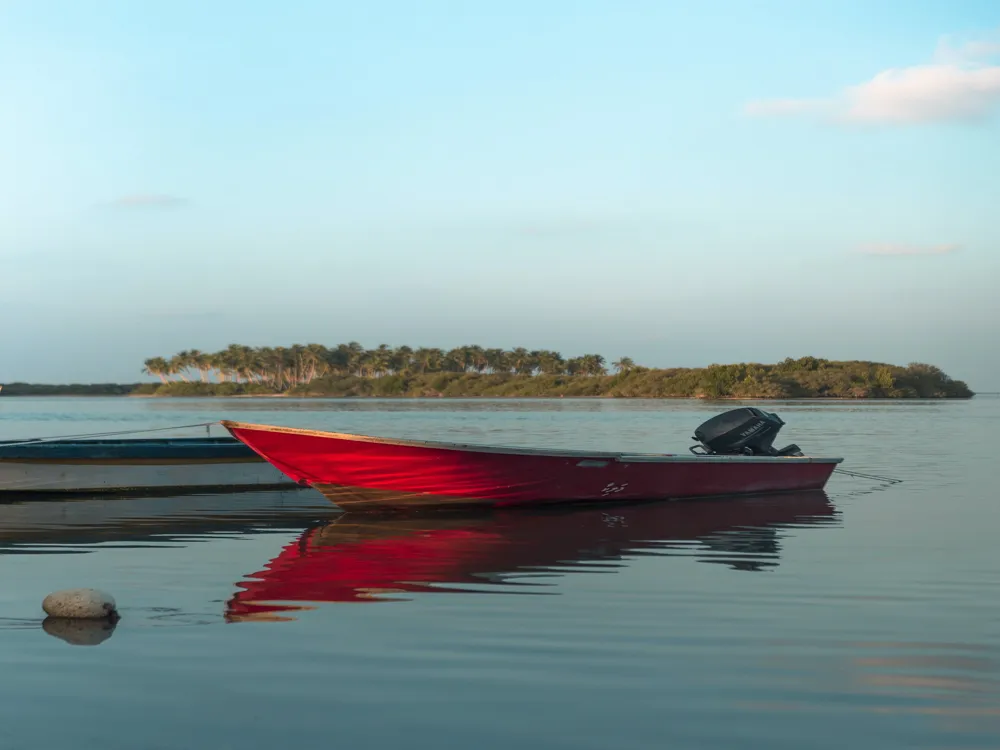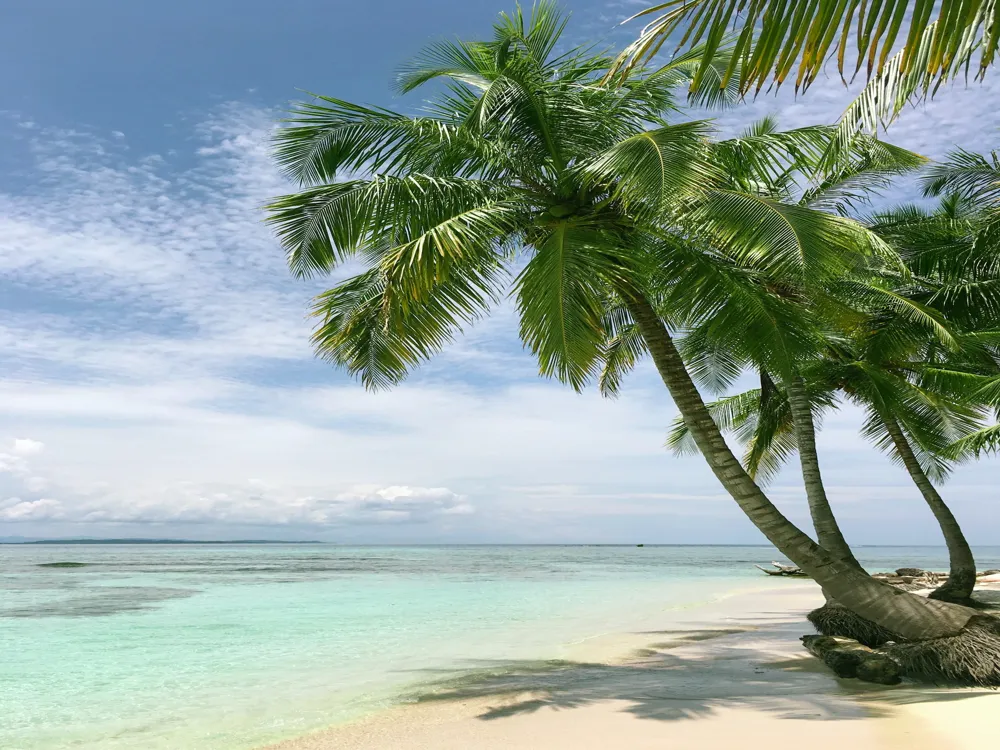Nilandhoo Island, nestled in the heart of the Maldives, is a hidden gem that offers a unique blend of natural beauty and cultural richness. This island is part of the Faafu Atoll, a group of islands known for their stunning coral reefs, crystal-clear waters, and abundant marine life. With a population of around 1,000 inhabitants, Nilandhoo maintains a serene and close-knit community atmosphere, making it an ideal destination for those seeking a peaceful retreat away from the hustle and bustle of urban life. The island's history is steeped in legends and folklore, with ancient ruins and artifacts that date back centuries. One of the most notable historical sites is the ancient Buddhist stupa, which bears witness to the island's pre-Islamic era. The stupa's remnants, though eroded by time, continue to be a focal point of archaeological interest and a testament to the island's rich historical tapestry. The natural beauty of Nilandhoo is unparalleled. The island is surrounded by a stunning lagoon that boasts a spectrum of blues and greens, creating a picture-perfect setting for relaxation and contemplation. The beaches here are pristine, with soft white sand that feels like powder underfoot. The lagoon's waters are home to a diverse array of marine life, including vibrant coral reefs, colorful fish, and even occasional sightings of dolphins and turtles. For snorkeling and diving enthusiasts, Nilandhoo offers an underwater paradise waiting to be explored. The lifestyle on Nilandhoo is a harmonious blend of traditional Maldivian customs and a modern, sustainable way of living. The locals are known for their warm hospitality and take pride in sharing their culture with visitors. From traditional fishing techniques to local cuisine that tantalizes the taste buds with fresh seafood and exotic flavors, experiencing the local lifestyle is a must-do for any visitor. In summary, Nilandhoo Island is a destination that offers more than just breathtaking scenery. It is a place where history, culture, and natural beauty come together to create an unforgettable experience. Whether you're a history buff, a nature lover, or simply seeking a tranquil getaway, Nilandhoo Island promises a journey of discovery and enchantment. The architecture of Nilandhoo Island is a fascinating amalgamation of historical influences and contemporary design. Drawing from its rich cultural heritage, the buildings on this island showcase a blend of traditional Maldivian and modern architectural styles, reflecting the island's evolution through time. Traditional Maldivian architecture is characterized by the use of natural materials, primarily coral stone and wood, sourced locally from the island and its surrounding areas. The coral stone, known for its durability and unique texture, is used extensively in constructing mosques, homes, and other significant buildings. The wood, often from coconut trees, is utilized for its flexibility and strength, making it ideal for building frameworks and intricate decorative elements. One of the most iconic architectural landmarks on Nilandhoo Island is the ancient mosque, built entirely from coral stone. This mosque is not only a place of worship but also a symbol of the island's architectural heritage. Its intricate carvings and traditional Maldivian design elements, such as the pyramidal roof and finely crafted wooden doors, are a testament to the skilled craftsmanship of the island's ancestors. In recent years, Nilandhoo has seen a gradual incorporation of modern architectural elements into its landscape. Newer structures, while retaining the essence of traditional design, incorporate contemporary features such as glass and concrete. These materials are used thoughtfully to enhance the aesthetic appeal and functional aspects of the buildings, while still respecting the island's natural environment and cultural ethos. The architectural journey of Nilandhoo Island is a reflection of its history and its people's adaptive ingenuity. From ancient coral stone mosques to modern villas that offer comfort and luxury, the architecture of Nilandhoo is a visual narrative of an island that has gracefully embraced change while staying true to its roots. Nilandhoo Island has a rich cultural heritage, and visitors are encouraged to respect local customs and traditions. Dress modestly, especially when visiting religious sites, and always ask for permission before taking photographs of locals. The best time to visit Nilandhoo is between November and April, when the weather is dry and sunny. This period is ideal for outdoor activities like snorkeling, diving, and exploring the island. Engaging with the local community is a great way to enrich your travel experience. Participate in cultural activities, try local cuisine, and interact with the residents to gain a deeper understanding of island life. Practice sustainable tourism by being environmentally conscious. Avoid touching or stepping on coral reefs, use biodegradable products, and minimize waste to help preserve the island's natural beauty. Ensure you have travel insurance and are aware of the nearest medical facilities. Stay hydrated, use sun protection, and be cautious when swimming or engaging in water sports. Reaching Nilandhoo Island is an adventure in itself, offering visitors a glimpse into the stunning natural beauty of the Maldives. The island is accessible via a combination of international and domestic travel. The journey typically begins with an international flight to Velana International Airport in Malé, the capital of the Maldives. From Malé, visitors have a few options to reach Nilandhoo. The most common way is by domestic flight to the nearby Dharavandhoo Airport, followed by a short speedboat ride to Nilandhoo Island. This option provides a balance of speed and scenic beauty, as the flight offers breathtaking aerial views of the Maldivian atolls. Alternatively, for those seeking a more immersive experience, a direct speedboat or ferry service from Malé to Nilandhoo is available. This journey, though longer, allows travelers to fully embrace the beauty of the Indian Ocean, with opportunities to spot dolphins and other marine life along the way. Regardless of the mode of transportation, the journey to Nilandhoo Island is an integral part of the travel experience, setting the stage for the unforgettable beauty and tranquility that await on the island. Read moreOverview of Nilandhoo Island, Maldives
Architecture of Nilandhoo Island
Tips for Visiting Nilandhoo Island
Respect Local Customs and Traditions
Best Time to Visit
Engage with Local Community
Sustainable Tourism Practices
Health and Safety Precautions
How To Reach Nilandhoo Island
Maldives Tourism
Best Time to Visit Maldives
How to Reach Maldives
Things To Do Maldives
Nilandhoo Island
Maldives
₹ 34,250 onwards
View maldives Packages
Maldives Travel Packages
View All Packages For Maldives
Top Hotel Collections for Maldives

Private Pool

Luxury Hotels

5-Star Hotels

Pet Friendly
Top Hotels Near Maldives
Other Top Ranking Places In Maldives
View All Places To Visit In maldives
View maldives Packages
Maldives Travel Packages
View All Packages For Maldives
Top Hotel Collections for Maldives

Private Pool

Luxury Hotels

5-Star Hotels

Pet Friendly












